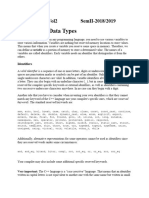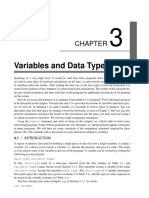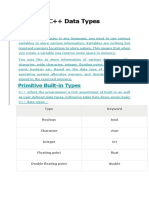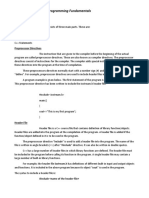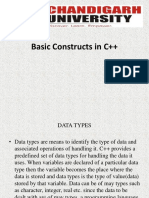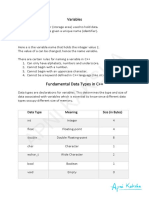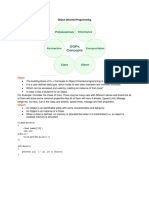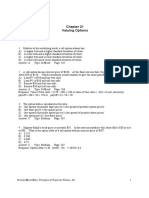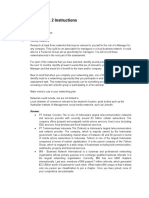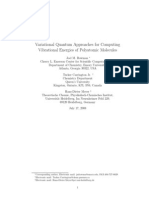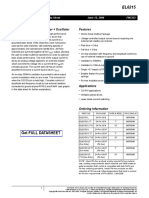0% found this document useful (0 votes)
18 views9 pagesC - Notes - 2
The document provides an overview of fundamental data types in C++, including character types, numerical integer types, floating-point types, and boolean types, along with their sizes and properties. It explains variable declaration, initialization methods, type deduction using 'auto' and 'decltype', and introduces the string class as a compound type. The document emphasizes the importance of understanding these types for effective programming in C++.
Uploaded by
KyleXYCopyright
© © All Rights Reserved
We take content rights seriously. If you suspect this is your content, claim it here.
Available Formats
Download as PDF, TXT or read online on Scribd
0% found this document useful (0 votes)
18 views9 pagesC - Notes - 2
The document provides an overview of fundamental data types in C++, including character types, numerical integer types, floating-point types, and boolean types, along with their sizes and properties. It explains variable declaration, initialization methods, type deduction using 'auto' and 'decltype', and introduces the string class as a compound type. The document emphasizes the importance of understanding these types for effective programming in C++.
Uploaded by
KyleXYCopyright
© © All Rights Reserved
We take content rights seriously. If you suspect this is your content, claim it here.
Available Formats
Download as PDF, TXT or read online on Scribd
/ 9







